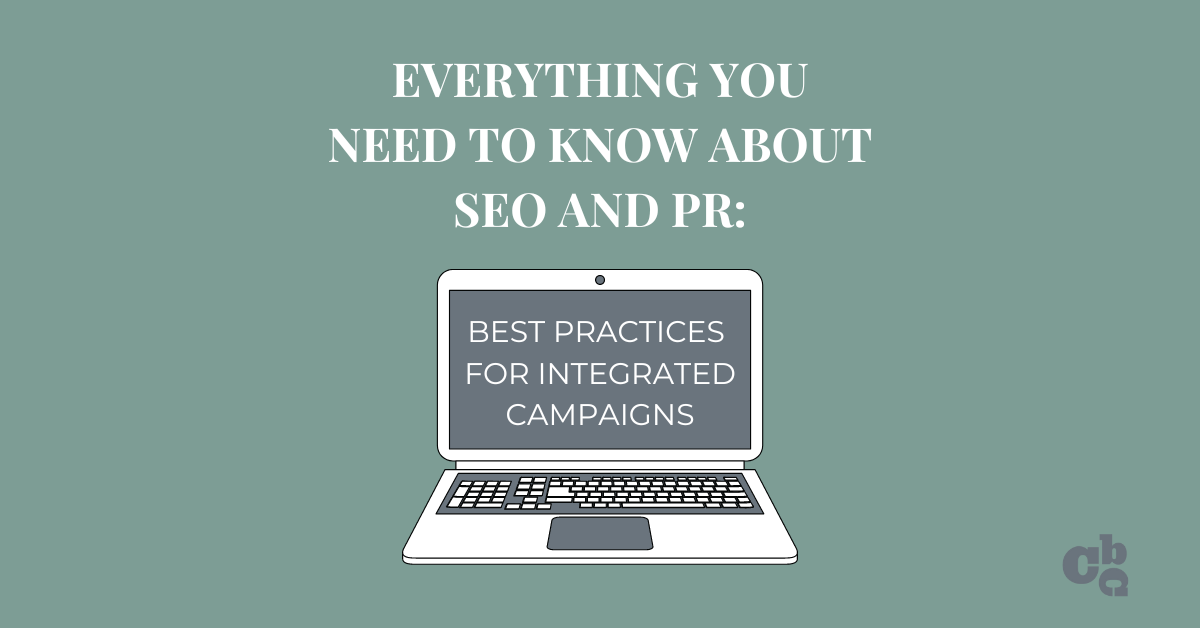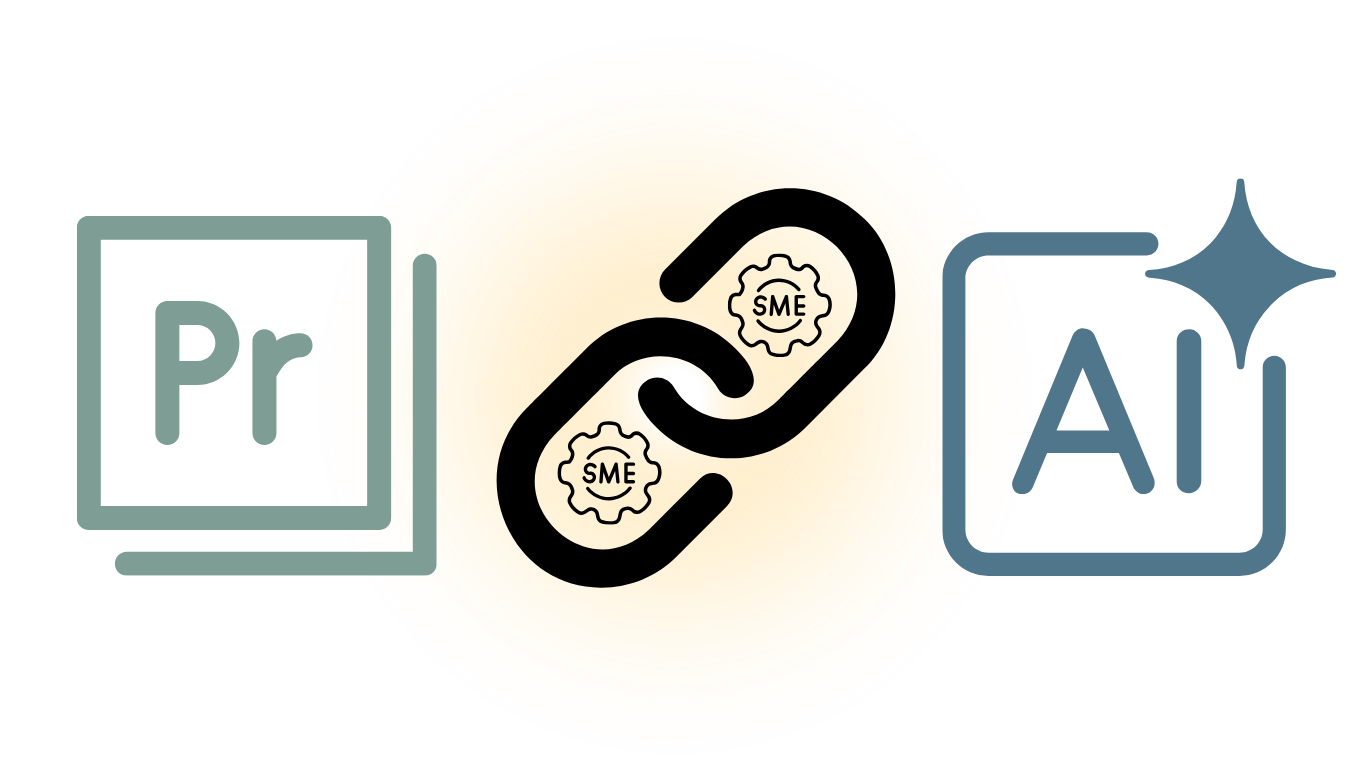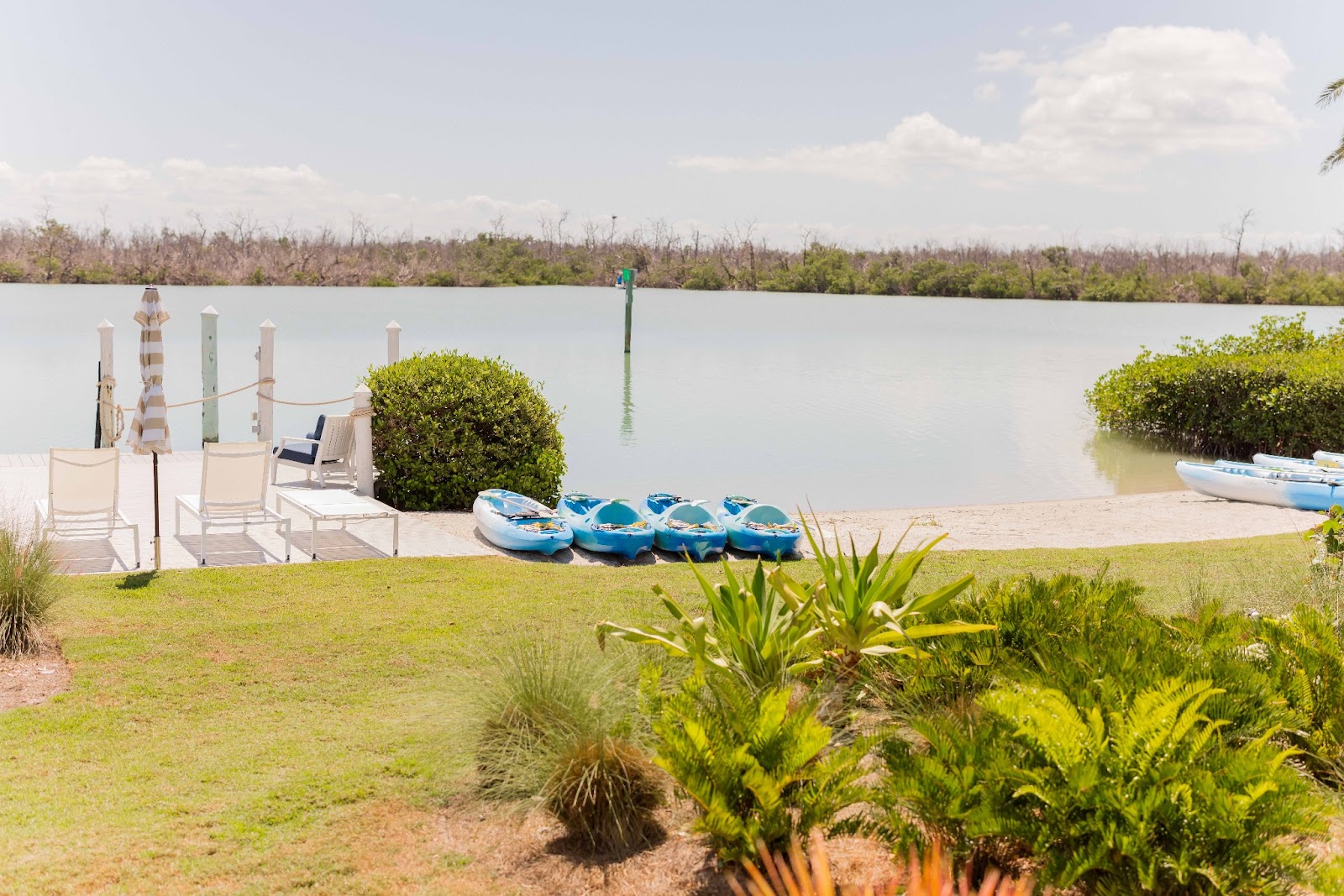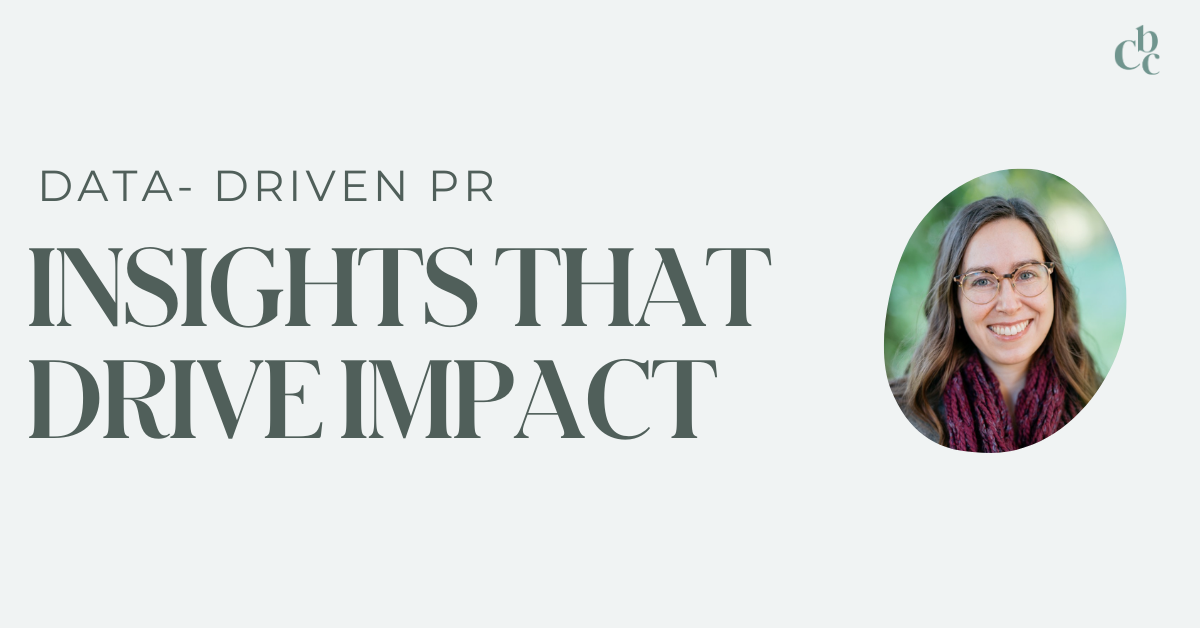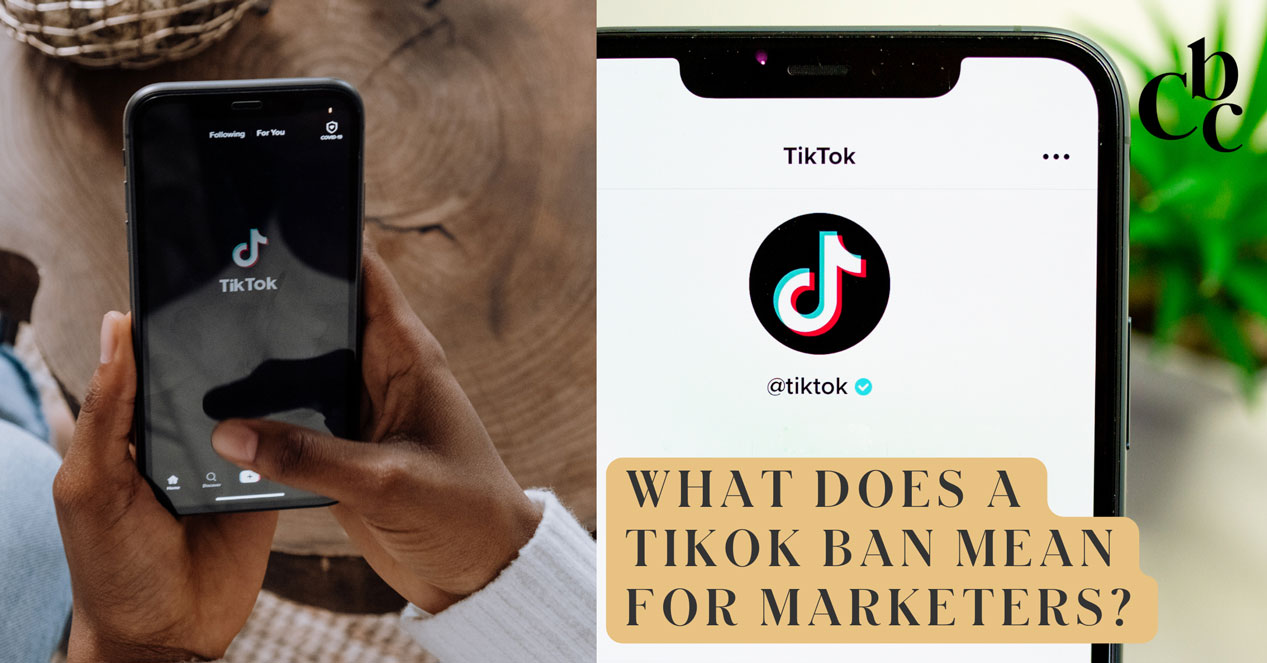At first glance, search engine optimization (SEO) and public relations (PR) might seem like they are on opposite sides of the marketing spectrum. One is highly technical, the other reliant on soft skills like storytelling and relationship building.
However, the savvy marketer knows that PR and SEO overlap in a few key ways. Used together, they are a match made in heaven for integrated, results-driven marketing campaigns.
How are SEO and PR related?
1. Links
The first intersection between SEO and public relations is link-building.
In the world of SEO, increasing the volume and quality of backlinks to your website is an important factor for getting your site to rank higher in Google.
Most PR tactics (press releases, byline articles, pitching for earned coverage, etc.) will naturally increase the volume of authoritative links to your website, which is the largest factor that impacts your domain authority score.
If other relevant, high-authority sites in your niche are linking to your site, the more relevant and credible your content appears to both readers and to search engines.
2. Content
The second major area of overlap between PR and SEO is that both require top-notch content.
Media won’t cover your brand or product without a compelling story that their audience will care about. Google won’t rank your page unless you have high-quality, helpful content that satisfies what a search user is looking for.
SEO and PR both require you to answer the question: “what is best for my audience?” Ditch the self-serving content and focus on sharing something that will be truly useful and interesting for the end user.
3. User Journey
Search engines themselves are the third connector between SEO and PR.
SEO inherently revolves around providing the best experience for a user at the moment of search.
But search is critical for PR too: you want users to remember your brand and take action. That action may not happen immediately after reading an article. It’s human nature – people are busy and easily distracted.
Yet if you truly make an impression on someone, they will remember and actively seek you out when they’re ready. With more than 8.5 billion Google searches occurring every day (Internet Live Stats, 2022), it’s not a stretch to assume that the interested reader will try to find you via Google.
The user’s journey may begin with exposure via PR, but the measurement of public relation’s impact relies on organic search.
PR Links vs. SEO Links
Links are common ground between PR & SEO, but it’s important to note that not every PR link will necessarily work towards SEO goals.
Paid PR tactics give you the most control over links, but with earned PR coverage, you have limited say over which links, if any, may be included in the final piece.
Backlinks in Feature Stories
If your PR agency secures you a feature story, congratulations! Feature stories are a major win from both a PR perspective and an SEO perspective. The prominent placement of your brand and inclusion of your key messages make for a memorable story.

On the SEO side of things, a feature story will almost certainly include a backlink to your website. You may even have some control over the specific page that the writer links to.
The default option for PR links in features is typically your homepage, but it may be even better for readers if they can go straight to a landing page where they can explore the article’s topic more deeply.
PR Landing Pages
Why does linking to a landing page matter?
The SEO benefit is that this page will get a boost from the authoritative, relevant backlink, thereby helping your brand to be better known for that topic.
From a user experience perspective, an educational landing page gives you the chance to “romance” a reader, reinforcing the key brand messages that you want to convey… without turning people off by immediately asking them to “buy now” on a product page.
Product Round-Ups
Feature stories, unfortunately, are not the norm for earned media coverage. More often, you can expect to see your brand mentioned in the context of a broader article, list, or product round-up. In these cases, links may not be guaranteed.
Product round-ups in particular are trending towards exclusively using affiliate links, especially to e-commerce sites like Amazon.
A link to your Amazon product page is good UX for the consumer (who doesn’t love the speed & convenience of Amazon?), and may even help you drive more sales. But don’t expect to see any lift in SEO rankings for your website if the backlinks aren’t for your domain.
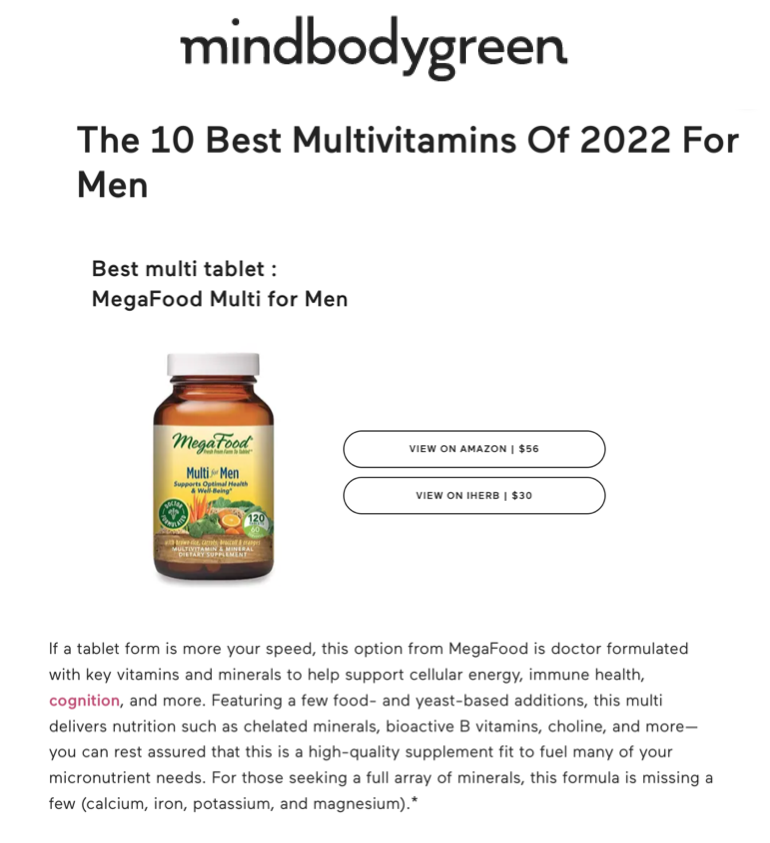
Do Press Releases Work for SEO?
Pitching & earned coverage are important PR tactics, but certainly not the only ones in the public relations arsenal. Press releases are another common tactic, with their own set of implications for SEO.
Press releases can help you control Google results for your company – but only to an extent. A press release can often earn the top spot in Google’s results, especially on the News tab, since Google will view it as highly relevant, timely news.
Google always tries to display the best result to a user based on their intent. If a user is searching for a company or CEO, the user will want to see the most relevant & timely news, no matter whether it’s a press release directly from the company or a story from a media outlet.
If you want to use press releases to gain SEO rankings in the main tab of Google, however, the topics will need to meet a narrow set of criteria.
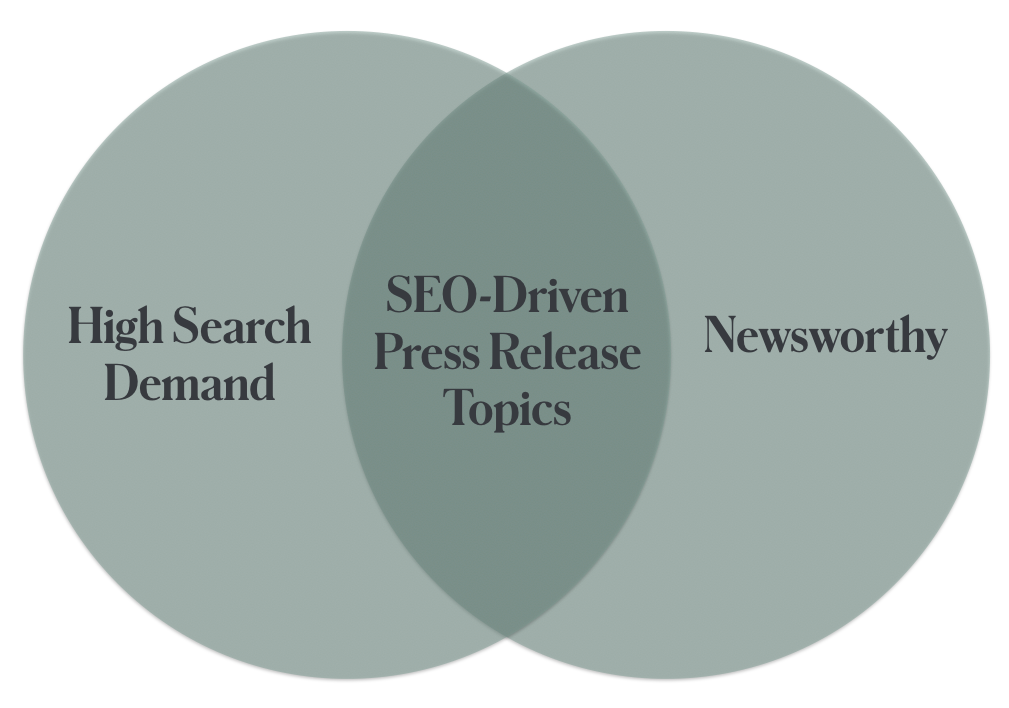
1) There needs to be search demand for the topic. If nobody is actively searching for this topic, your press release won’t get the visibility you’re hoping for.
2) It should be a timely, newsworthy topic that can outrank evergreen content as the “best result” for the term. Tapping into a national day or movement (ie. World Environment Day or gift guides around the holiday season) can be effective, but even so, make sure that your brand is truly adding something new to the conversation.
Consider these litmus tests: would you be able to successfully pitch this topic to the media? And would this content be valuable to someone Googling the topic? If so, then you’ve found a good idea for an SEO-optimized press release.
In our experience, the average press release does not typically meet these criteria. Most press releases are announcements of company news that, at best, will rank for the company’s name, but not for more general search topics.
So are press releases worth it?
Press releases give you total control over brand mentions and links back to your website. Increasing the volume of mentions of a company/website on the internet does send a signal to Google that the site is important, which can impact the company’s domain authority and SEO rankings.
But ultimately, most of the value of a press release lies in the classic PR use case: well-written, interesting stories get picked up by outlets, thereby earning more exposure.
Measuring the Full Extent of PR’s SEO Impact
Links and domain authority are not the be-all and end-all for PR and SEO.
The full extent of PR’s impact on SEO lies in its ability to raise awareness of your brand among your target audience, regardless of whether they consume this content on your website, in your press release, or on a media outlet’s site.
When today’s digital-native consumers want to find an answer to a question, they turn to Google to find the answer.
Earned press coverage puts your brand at the top of organic search results.
Being featured in articles from credible, high-authority outlets allows you to rank for relevant, high-volume keywords that your own website may not even be able to compete for, since searchers prefer unbiased sources.
For example, if you are in the market for a prenatal vitamin, you probably want to read recommendations from an expert to help you make an informed decision. Google is going to prioritize these types of articles over commercial websites in order to be helpful to the searcher.
This is where public relations comes in: strategic media outreach helps secure mentions of your brand in the high-authority outlets that rank highly in Google.
The result? Your product/brand is now in the competitive set for an audience with high purchase intent.
With this approach, PR is single-handedly delivering value. Your SEO team didn’t need to lift a finger. And whether or not the article includes a backlink to your site, you’re already in front of the right audience, with the right message, at the right time.
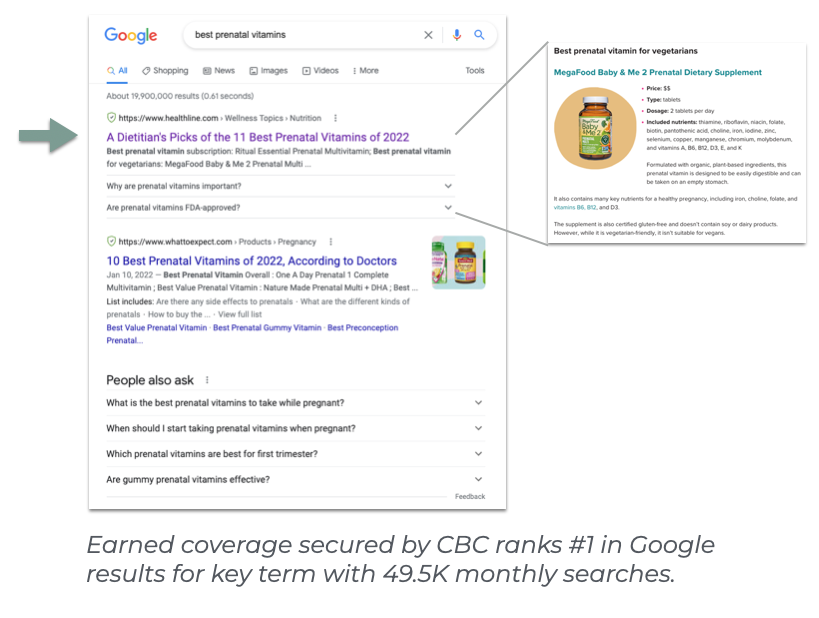
SEO Best Practices for Public Relations
Not all content is destined for use in both SEO and public relations, but the two disciplines should complement each other.
By following these few basic principles, you can build a PR program that supports SEO efforts and drives measurable value:
- Include links to your site when possible & relevant.
- Focus on high-quality storytelling that provides value for your audience.
- Give preference to topics with high search demand AND a timely, newsworthy angle.
- Target relevant, authoritative outlets, especially if their websites rank highly in search.
At CBC, we deliver more than just coverage; we drive measurable business results through data-driven PR programs. Give us a call to learn more about our digitally-integrated, outcomes-focused approach to PR.
About the Author
Megan Paradis is the Manager of Marketing Analytics at Cercone Brown Company, where she works at the intersection of data and strategy to uncover insights that fuel campaigns.
